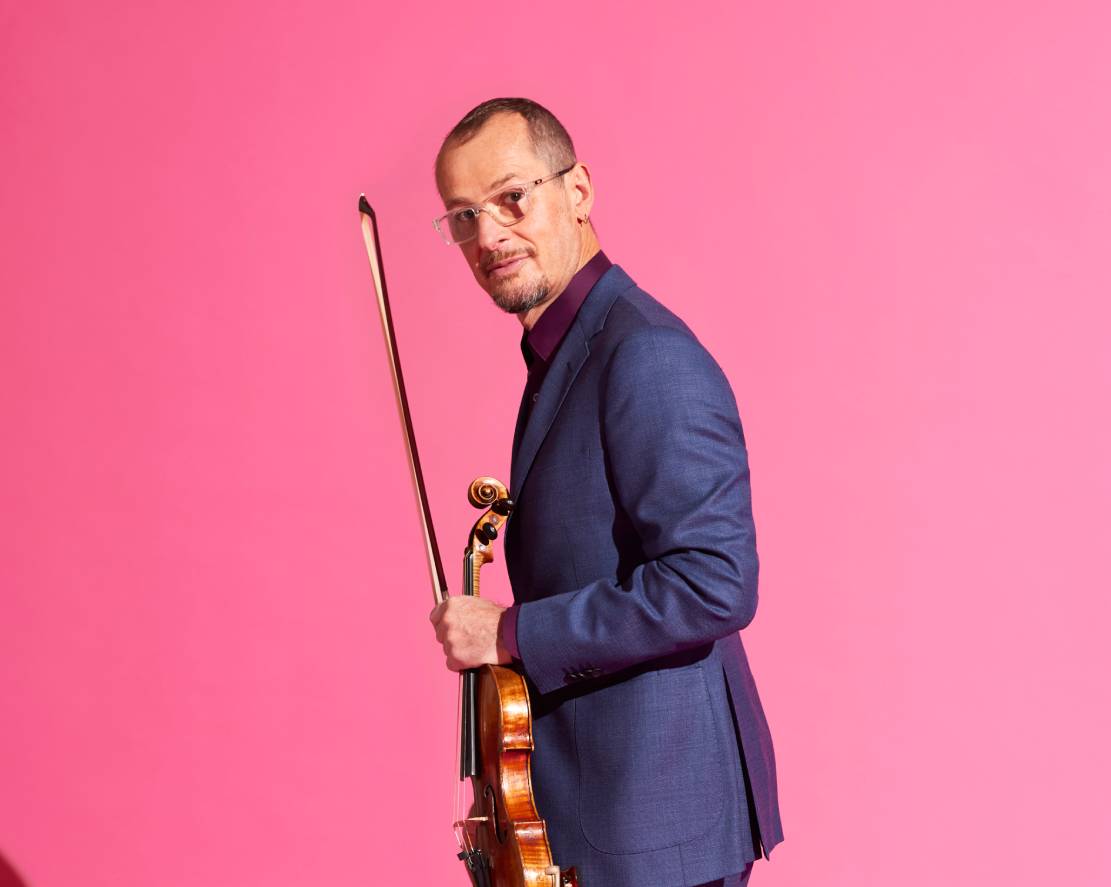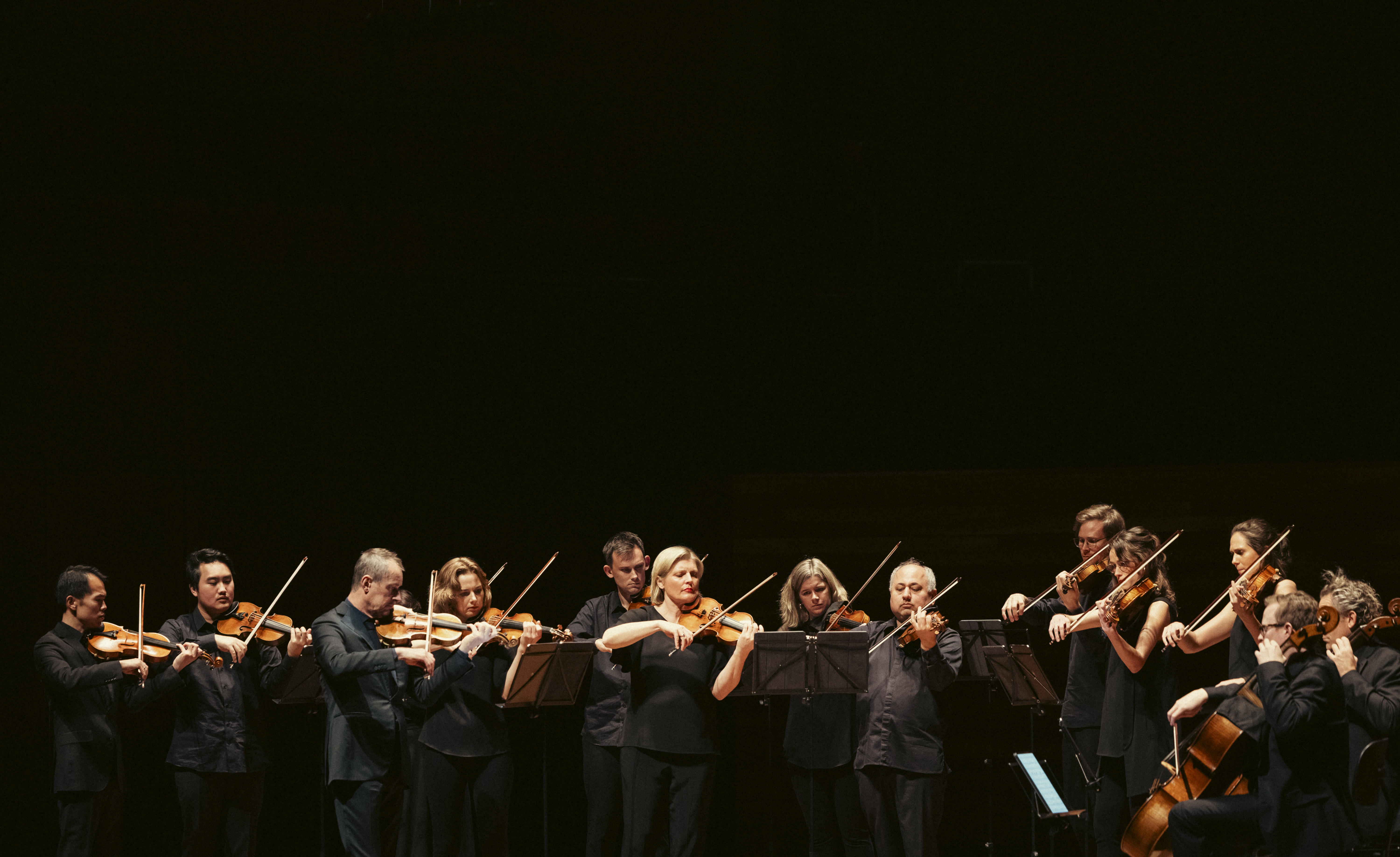
I’m starting with the ugly-beautiful music of Witold Lutosławski, the Francis Bacon of composers.
The first rehearsal I attended in Europe as a student, greenly optimistic and fresh off the plane, was Witold Lutosławski conducting his concerto for harp, oboe and orchestra with the Berne Symphony and the two Holligers, husband and wife [oboist] Heinz and [harpist] Ursula. What struck me was the contrast of the man with his music – a seemingly tender character producing frightening musical dreams.
One of the last things I did before returning to Australia was perform Lutosławski’s Livre pour orchestre as concertmaster. I’ll never be indifferent to the power this music had over me… ever since I’ve felt like The Mariner in Samuel Taylor Coleridge’s ‘The Rime of the Ancient Mariner’, wandering the world trying to explain the feeling of some strong and strange event that has come to pass.
Although he might appear like the Big Bang, there was someone writing music before JS Bach…so who? Born exactly 100 years before Mozart, Johann Paul von Westhoff from Dresden (with the same German Saxon accent as JS), was one of the greatest violinists of his day.
Even though the music is riddled with parallel fifths and other musical vernacular that is foreign to JS, this is the music that inspired Him (JS) to write the sonatas and partitas for violin.
Sculthorpe should need no introduction here, but I am concerned that his music, posthumously, is going through a fallow period. Down with the Felt Pianist brigade and open your ears to some good Old Hat modernism.
Like Lutosławski, Sculthorpe used aleatorism in a very successful way. Irkanda I dates from 1955 (one of the best years for Fender amps, incidentally) and uses bird song and lingering melodies that ask of us to consider a remote and lonely place (being the meaning of Irkanda); possibly what he thought of Australia back then.
And to finish, Brahms’ third and final violin sonata, first played in 1888 by Hungarian violinist Jenő Hubay von Szalatna with Brahms himself at the piano. The Adagio second movement boasts one of Brahms’ finest melodies, right up there with the famous Poco Allegretto of his Third Symphony.
- Richard Tognetti
ACO Artistic Director & Lead Violin
Click here to book tickets to ACO Up Close: Richard Tognetti at Hanson Dyer Hall in Melbourne, on Thursday 18 August, 7.30pm.
